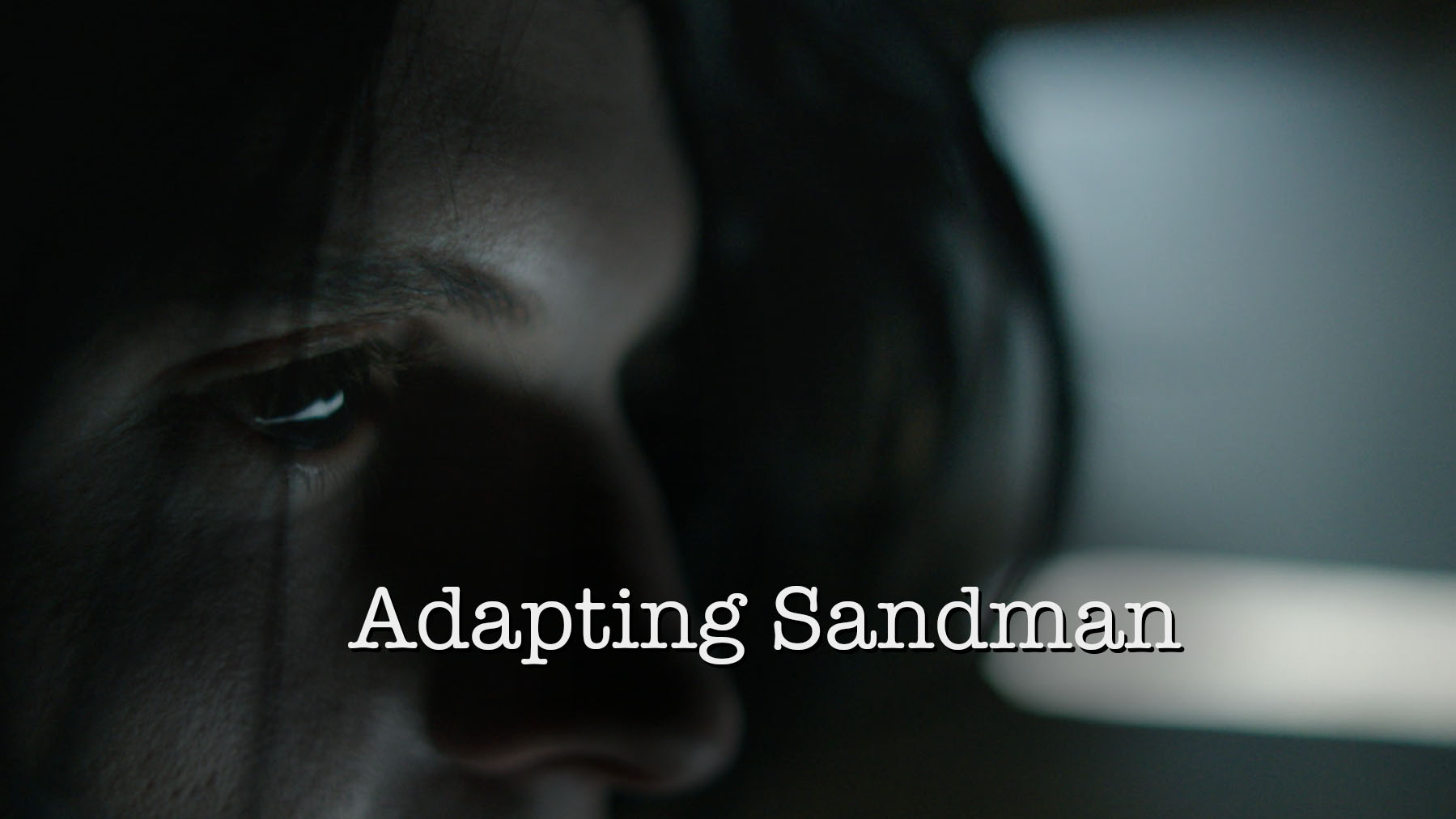
Neil Gaiman’s Sandman is my absolute favourite comic book series. Ever since I first read the books I’ve been wanting to make a film based on them. But of course, a feature film was going to be out of the question. Unless a studio hired me to make it, it was never going to happen. So it was always going to be a short film in the near term.
My immediate instinct several years ago was to just make a trailer that would be pure fan service. But I never really got around to making it, and I’m glad I didn’t. It wouldn’t have been very good and wouldn’t have had anything interesting to offer. No characters, just visuals which I didn’t have the budget for.
Then last year I decided to revisit the idea of a Sandman film. But a proper film this time, not just a trailer or a pipe dream.
If you want to read the script you can download it here: Black Sand – Draft 4.0. And here’s the film, in case you’ve arrived here and haven’t seen it yet.
Setting some ground rules
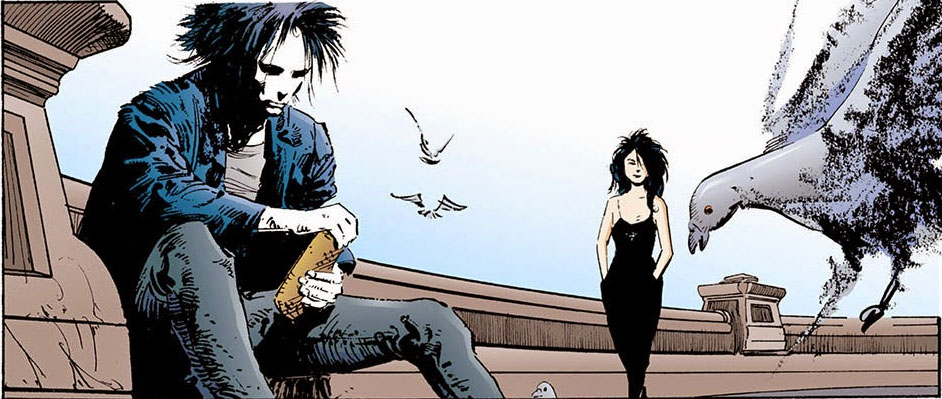
So how does one adapt The Sandman? Considering the development problems Hollywood has had with it, it felt like quite a difficult task to pull off. Probably the most successful adaptation I’ve seen so far is a short film called “The Diner.” They adapted it word for word and shot for shot from the comic. It’s very effective, but that film alone was 30 minutes long and I thought as a storyteller, it would be more interesting for me to write something more original, which however pays clear homage to the comic.
Another problem is that you can’t possibly explain who the Sandman is and the world he exists in within a short film. Even “The Diner” didn’t bother with that. Morpheus himself is not a particularly easy character to portray either. In fact, I think his stoic and mysterious nature makes readers project a lot more of themselves onto the character than they would with many other comic book characters. So just like how Morpheus appears differently to different species, our view of him is very custom to each viewer.
Therefore, with a format as limiting as a short film, I would’ve most certainly gotten the Sandman completely wrong if I made him the main character. But it turns out, Neil Gaiman already gave me the answer to that problem. Tell an anthology story. Tell a story about a character that encounters the Sandman while that character is on a journey of his/her own!
With that in mind, I set out a few ground rules in telling this story before I got going:
- The story has to be set within the Sandman universe as established in Preludes & Nocturnes.
- My main character shouldn’t be from the actual narrative within Preludes & Nocturnes but has to feel like he could’ve been in that book. Borrowing aspects from existing characters is OK.
- Use as many visual and narrative references as reasonably possible, but make sure they are layered and not blatantly in your face.
- The viewer needs to be able to watch the film without knowing anything about the Sandman.
- The viewer needs to be able to watch the film more than once and get more out of it the second time.
Dreaming up Richie
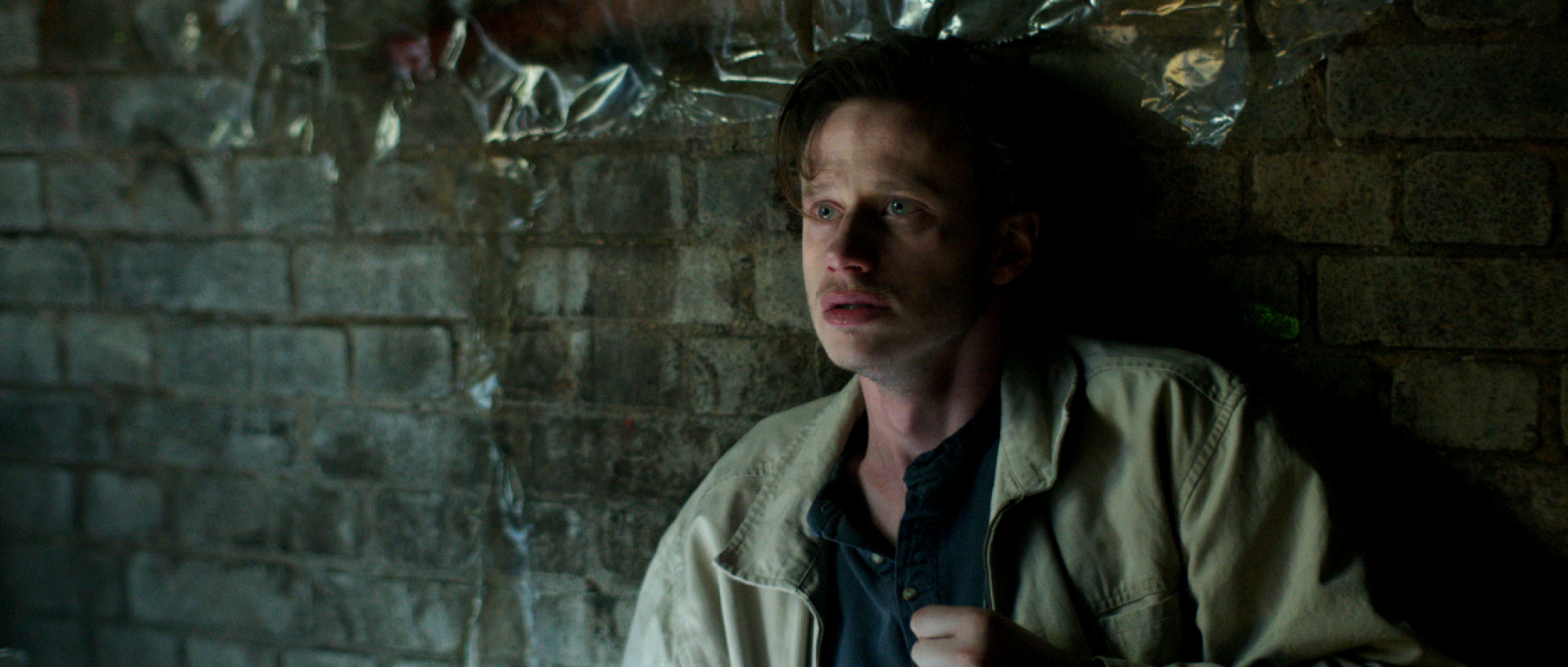
A narrative idea that stuck in my head from Preludes & Nocturnes was the idea that someone thought the Sandman’s sand was a drug to be snorted like cocaine. Doing so creates a dream which is more clear and pure than anything previously experienced, but would ultimately detrimental to their lives. To my mind, the only character who would want that is a drug addict, who knows that the drug harms them, yet takes it anyway. And if that character also cannot dream, that person would quite eagerly take that drug in order to experience dreams no matter the risk.
So I created Richard, who is a junkie who now lives in a squat. To give Richard an emotional core, I decided to not make drugs Richard’s core desire, but that he wants to be with his parents again. They had shunned him and thrown him out because of his drug use and the only dream he has is the fantasy of reuniting with them again. That fantasy has become more important to him than his reality.
Telling the story
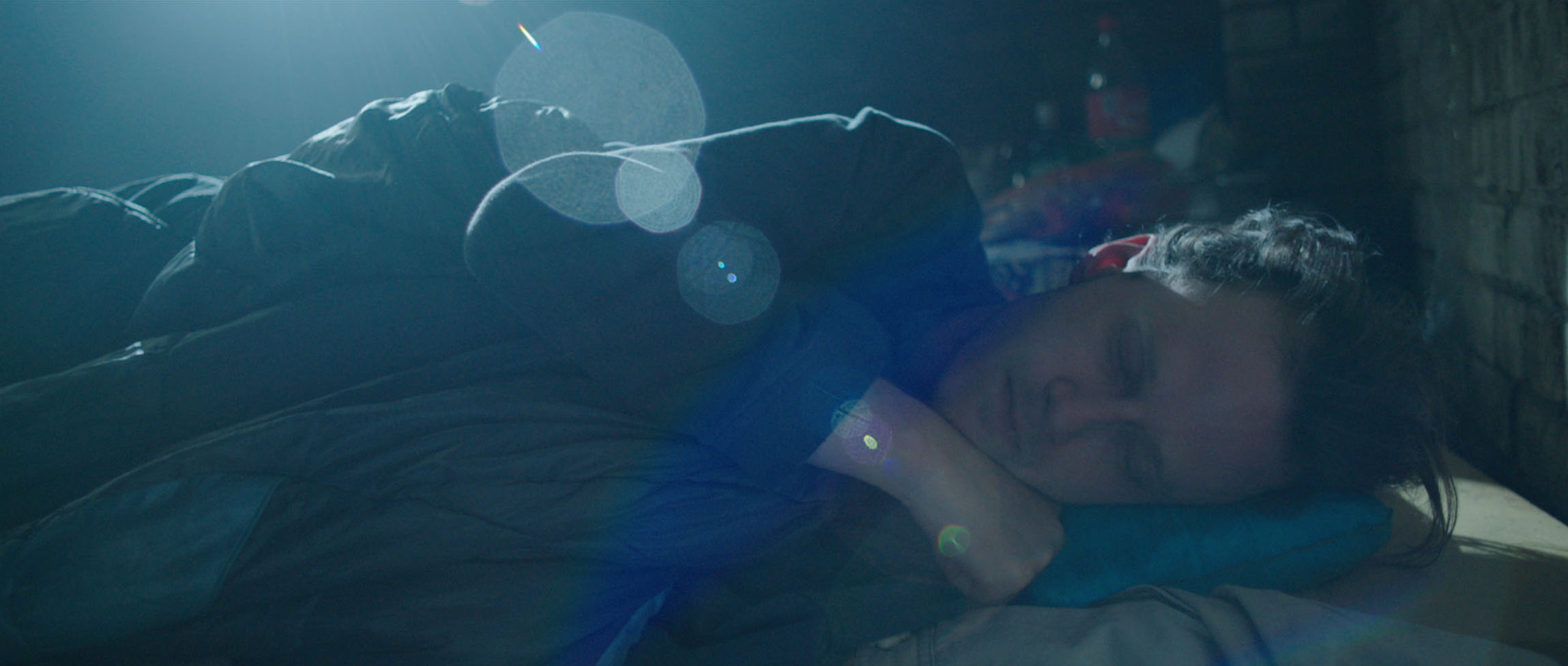
The first scene in the film is there just to establish his addiction to drugs and the trouble he’s gotten himself in. I also tried to establish that he misses his parents and that when he gets high, he has this dream which is mostly unclear. In earlier drafts I had him visit his parent’s home where he looked through the window spying on them, tempted to ring the doorbell but then doesn’t. However that scene kept delaying the story and I had to find a more efficient way of communicating that, so I decided to keep it visual and only give the audience some visual clues, rather than dialog.
Meeting Death in the following scene was a relatively late addition to the story. The general feedback I got was that I had 2 different movies. That the first 2/3 of the film felt like a gritty drama about a drug addict, and then suddenly the ending of the film became more of a supernatural comic book film. Also Death just suddenly showed up at the very end. So I thought I’d introduce her cheeky and fun self that we get to know so well in “The Sound of Her Wings” much earlier in the story. And if you don’t know who she is in the beginning, you’ll know by the end of it.
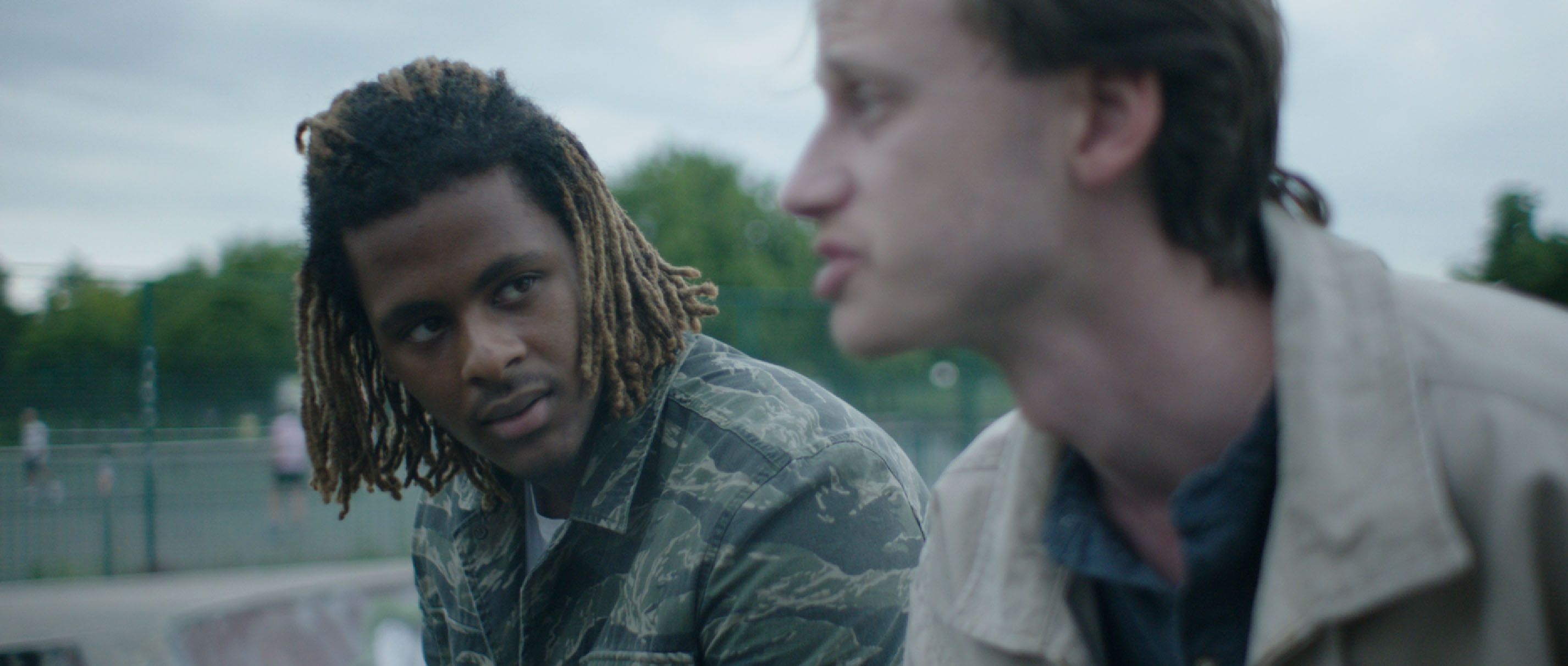
When Richie meets Marko in the park, it was important to me that my two characters are telling stories to each other. It’s something Neil Gaiman does quite a bit in the Sandman books, most notably at The World’s End, but even before. I also wanted to establish that Richie does have friends and that he’s not 100% miserable all the time. That he can smile too. I also tried to hint at the fact that he is suffering from the sleeping sickness, which is something an active Sandman reader could pick up on.
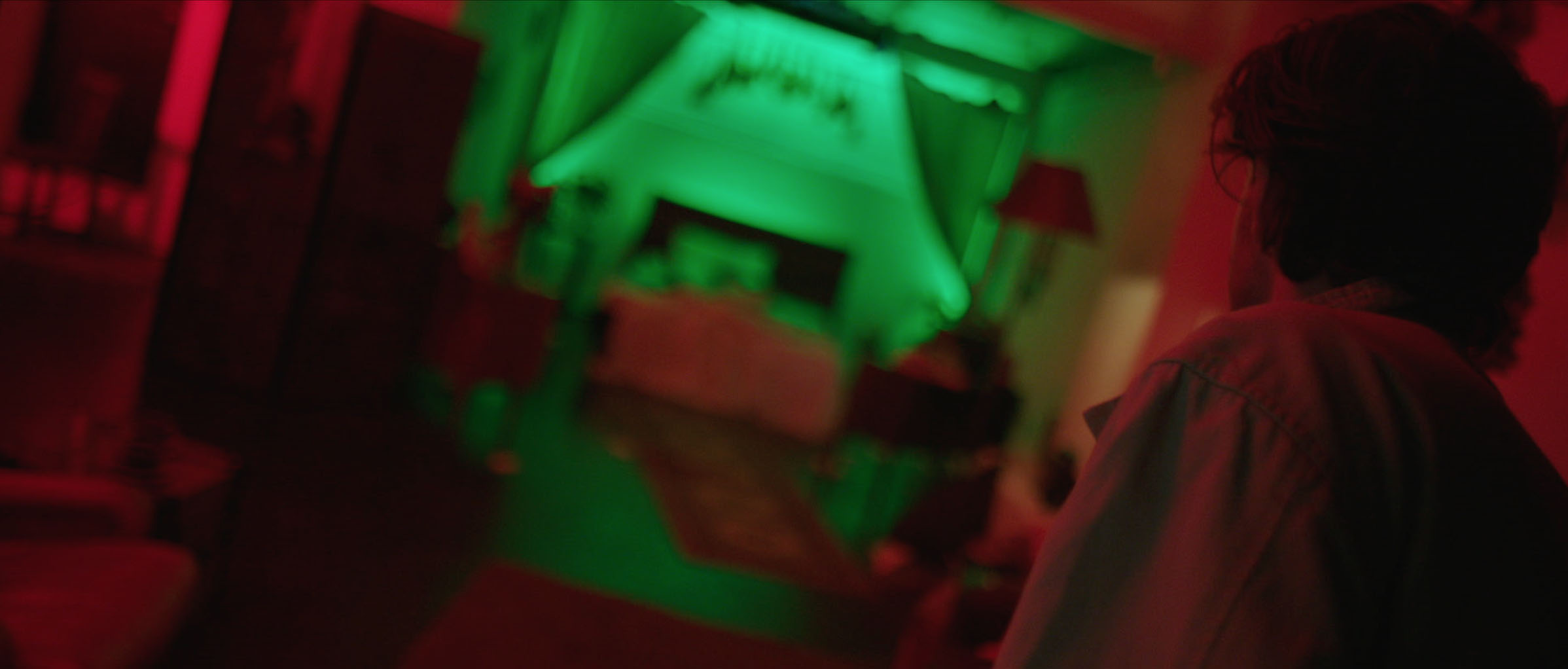
Sally’s scene in her flat is of course directly inspired by “Dream a little dream of me.” The narrative in the comic book is different of course, but I thought that having our character go through something similar would be a nice homage as well as a really suspenseful scene.
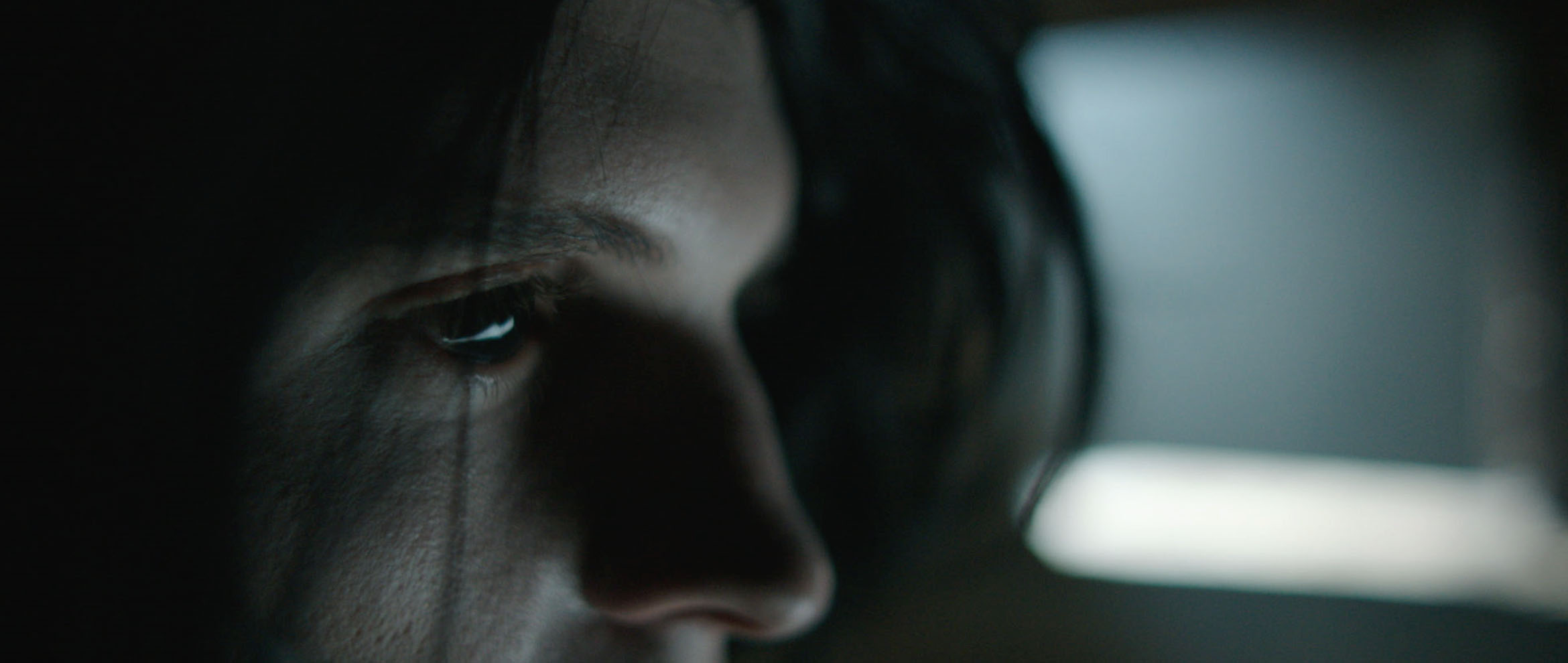
Then of course there’s Richie’s encounter with Morpheus himself. Because the Sandman is so iconic, I thought the best way to handle it, is to show as little as possible and give more room to viewer’s imagination. But for his look and outfit, we stuck to his portrayal in “The Sound of her wings” which is my favourite version of Morpheus and Death.
I also distinctly tried to stay away from giving Dream a name in this story. I thought if he said “I’m Morpheus” after Richie asks him who he is, there will be a quite a few people who know nothing about the Sandman thinking I’m referencing The Matrix. So I thought I’d stick to his title as the Dreamlord since he doesn’t refer to himself as the Sandman either.
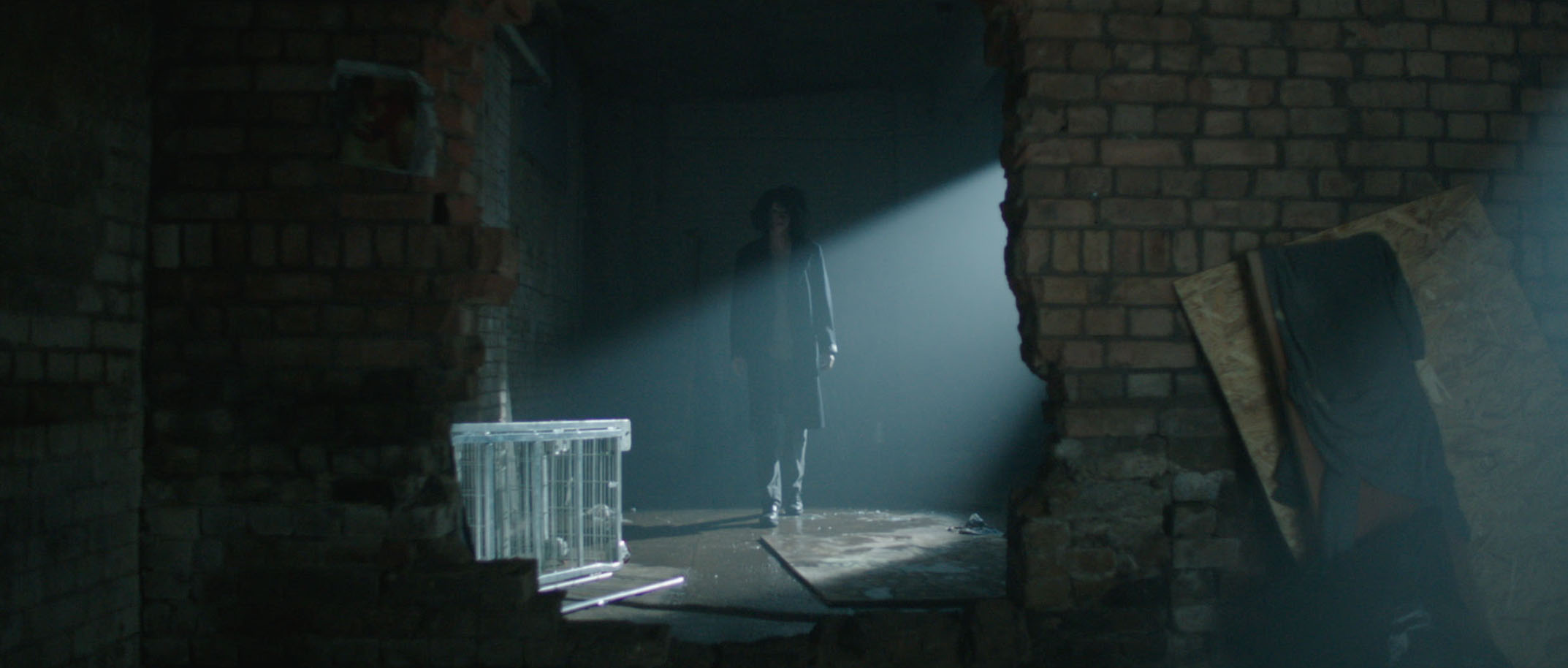
By mentioning that the sand had been stolen from him, I’m of course hinting at the storyline where he’s trying to get the sand back after having been imprisoned for several decades. I did go into it a little more in earlier versions of the script, but it felt unnecessarily expositional and was irrelevant to Richie’s story. All we had to know is that the sand was stolen from Dream and he’s now here to claim it back.
The ending of the film also borrowed from “Dream a little dream of me” where The Sandman gives Rachel a dream of her reuniting with John Constantine. But the dream won’t save her. She will still die. And that bitter-sweetness would work really well with a character who actually desired the dream more than his real life. That in my opinion gives Richie’s journey a nice conclusion.
Daydreams
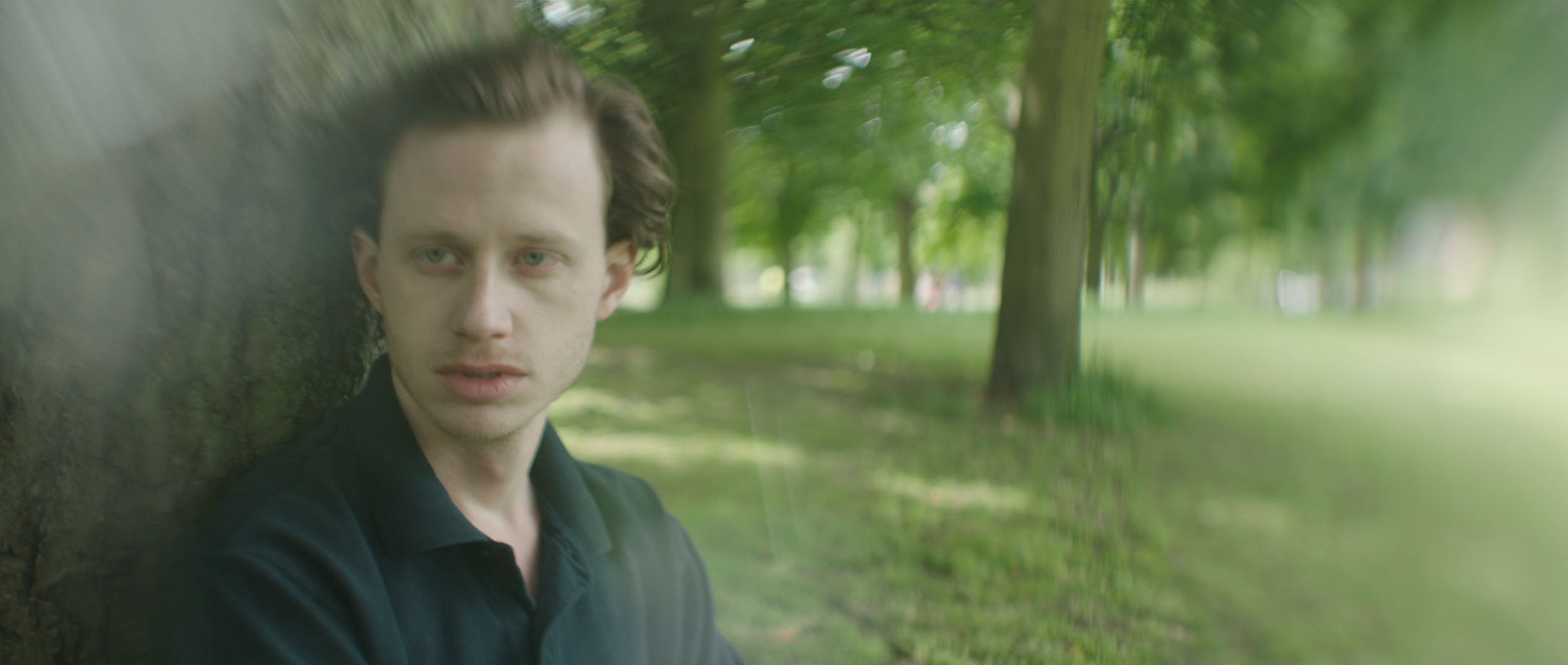
The visuals evolved quite a bit between drafting and filming. The script I wrote was visually quite down to earth and not very stylised. Both Richie’s and Sally’s place were simple apartments. One very run down, but definitely an apartment. Though Sally’s is still an apartment, in the film it’s quite obviously on an industrial estate hidden away as opposed to the flat within an estate.
But we decided to change it when we found this incredibly striking location which could turn Richie’s place into a squat rather than a rundown apartment. That would make our character even more desperate, but also created a far more visually interesting place than a rundown flat.
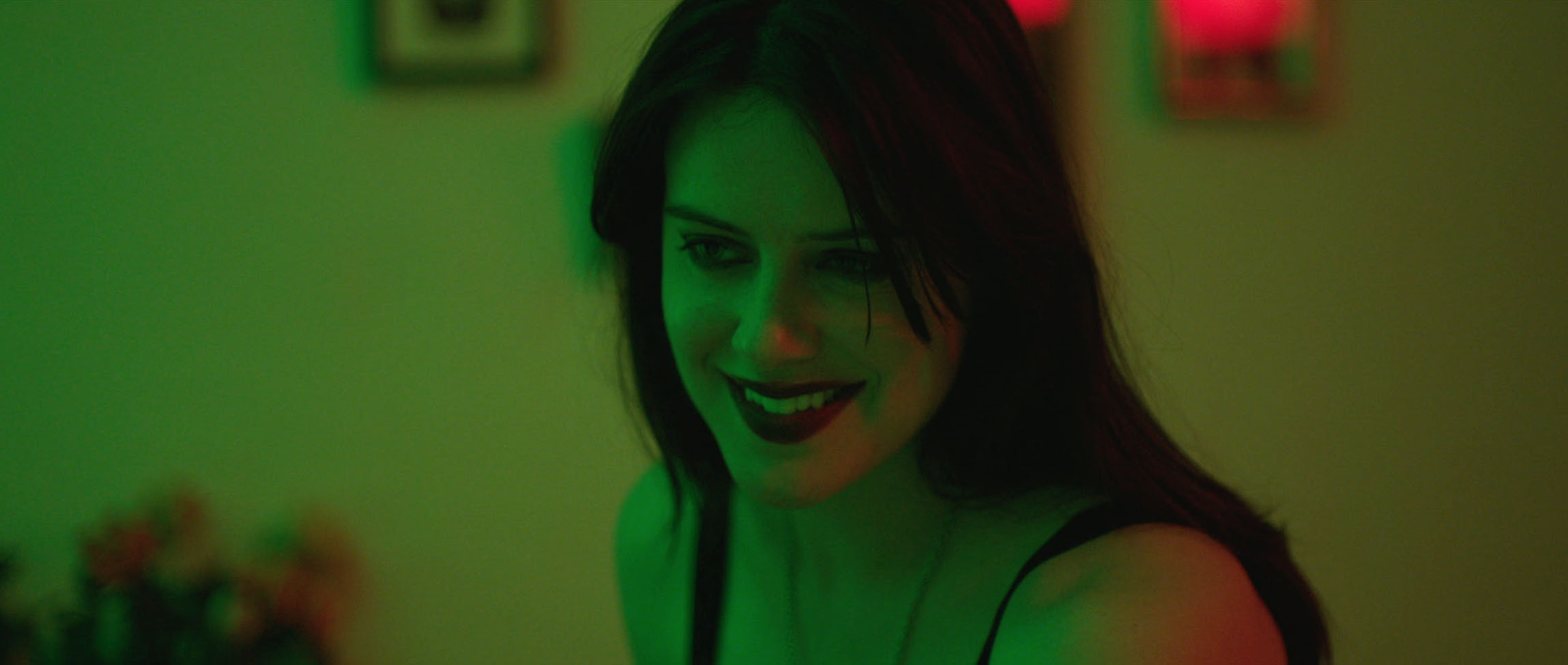
Sally’s place didn’t look particularly like a normal flat when we got there. But because of it’s shape and the furniture that came with it, we started having more ideas. My director of photography and I decided to just go all out and stylise it even more than we initially thought. Forget being realistic. Let’s make it interesting. And that’s how we ended up with colour palette of the film.
One thing which was a combination of aesthetic and practical choice, was to decide to film all the dream sequences in lock off frames. There is no camera movement during the dream scenes until the focus pull to the Sandman’s hand in the last dream shot. But my idea was to have the dreams, especially the black sand induced ones later be more like paintings, which had to be completely contrasted to how we shot real life, which was entirely handheld, complete with dutch angles etc. There had to be a real contrast between the two realities.
Waking up
The thing that surprised me the most is how ‘straight forward’ it was to actually adapt Sandman. I’m not saying it was easy and without trouble. But I never ran out of ideas, because the ideas were all right there in Preludes and Nocturnes. I just had to take them and mould them to the story I was telling, to make it feel like a story that could appear in a Sandman book.
The real trick in my opinion, is to give the audience a clear place to start. A place they recognise and a character they can empathise with. And then as you go, you can then take the character through whatever journey you need to. Even Neil Gaiman didn’t introduce the Sandman on the first page. He gave us people to follow, a time to observe, a world to explore. But he gave us things we recognised and bit by bit introduced the Sandman to us.
The answer to it all was right there in the comic books.
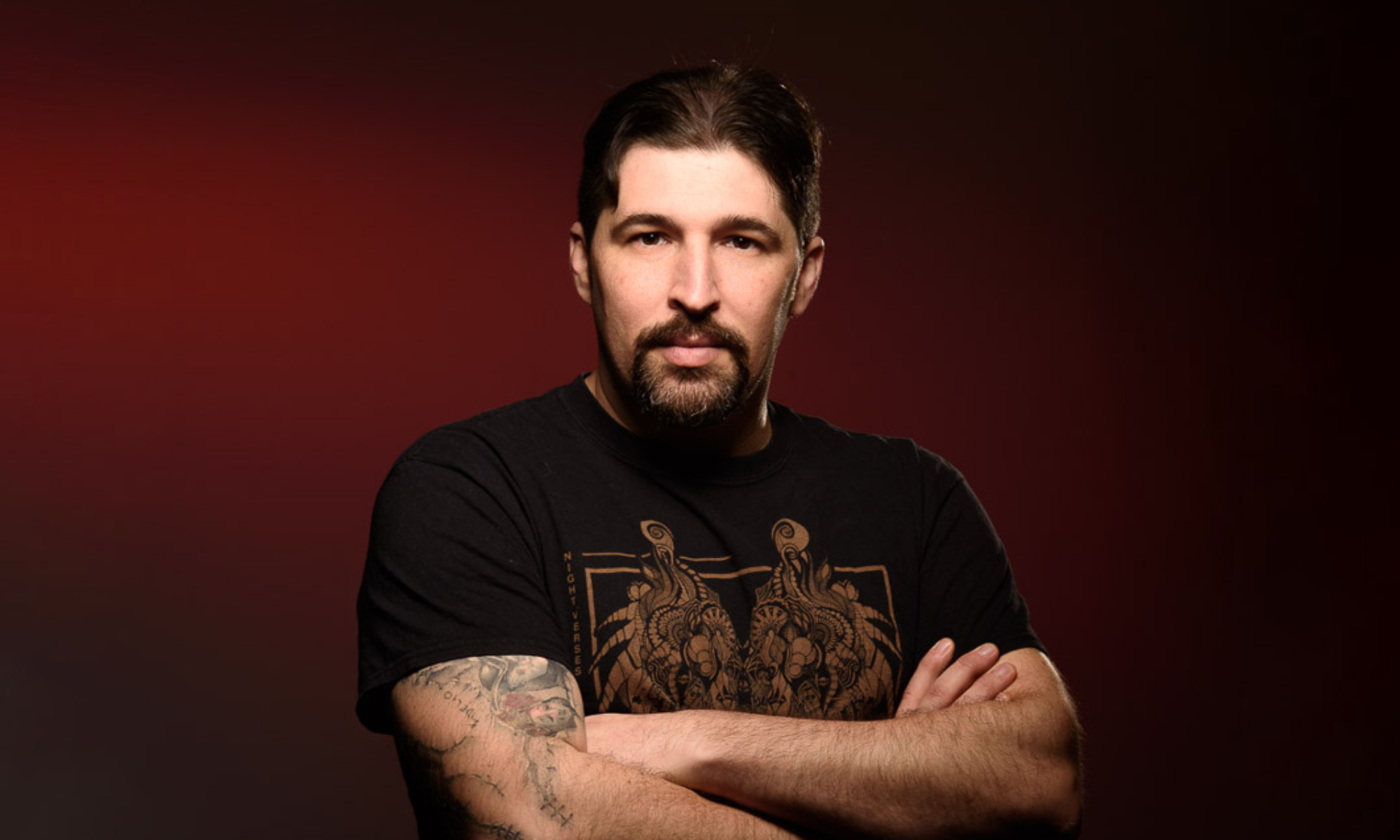
I think the film communicated your vision and the feel of the Sandman very well. I also loved the make up on Sally to show just how dangerous and addictive the black sand is.
Which is what the original comics explored so well I the first place, dreams even the nice ones are addictive and you can get lost in them.
But your dreams also define how you see reality. Very much like a drug.
Really good adaptation of the concept
Thank you for sharing your process Bernhard, it’s incredibly insightful. It’s great to see the level of thought and detail you put into the telling of this tale.
I have to agree that not showing Morpheus much works so much better. Also, as I mentioned on Twitter, the scene where we first see Death is pure genius and even on re-watching it still gives me goosebumps!
You’ve definitely succeeded in making a film that makes sense to those who know nothing about The Sandman – and gives real joy to those who do.
Thank you again, you and your team did an incredible job! :o)